MCQ ON GLYCOLYSIS class 12 for NEET | GLYCOLYSIS class 12 | MCQ GLYCOLYSIS with Answer | Check the below NCERT MCQ question for class 12 Biology based on the with Answers.
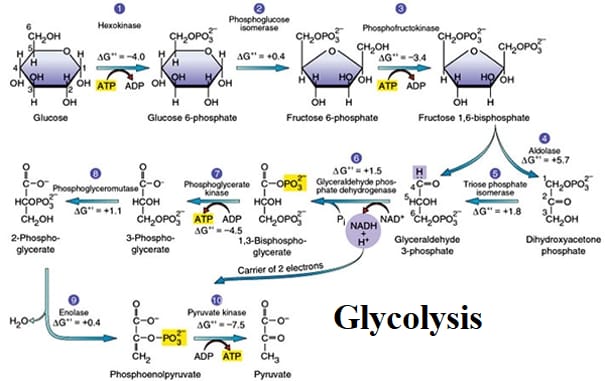
MCQ ON GLYCOLYSIS class 12 for NEET
MCQ on GLYCOLYSIS class 12 Biology with answers were prepared based on the latest pattern.We have provided class 12 Biology MCQs question with Answers to help students understand the concept very well.
MCQ ON GLYCOLYSIS is useful for NEET / CSIR / UGC / CBSE / ICSE / AIIMS / EXAM / AFMC EXAM / STATE LEVEL MEDICAL EXAM 2022-23 , 2023-24
INTRODUCTION:-
It is also known as EMP PATHWAY , Embeden Meyehof pathway or Embden Meyehof Parnas pathway .It occurs in cytoplasm or cytosol.It has two phase: energy spending preparatory cum cleavage phase and energy conserving pay off phase.Glycolysis begins with energy spending
phase.
(I) phosphorylation of glucose
(ii) formation of fructose 6 phosphate .
(iii) second phosphorylation
(iv) lysis
(v) Isomerisation of DiHAP.
(vi) dehydrogenation
(Vii) Substrate level ATP synthesis
(viii) Isomerisation
(ix) dehydration
(x) pyruvate and ATP synthesise
MCQ ON GLYCOLYSIS class 12 for NEET
1. EMP pathway is also known as
(a) Glycolysis
(b) Krebs cycle
(c) compensation point
(d) none of the above
Ans (a) Glycolysis
2. Glycolysis occurs in
(a) cytoplasm
(b) nucleus
(c) ribosomes
(d) neoplasms
Ans. (a) cytoplasm
3. Glycolysis started with
(a) formation of fructose – 6 phosphate
(b) phosphorylation
(c) dehydrogenation
(d) Pyruvate formation
Ans. (b) phosphorylation
4. EMP pathway is
(a) Embeden Meyehof Parnas
(b) Embeden Meter parnas
(c) Embeden mayer parnas
(d) none of the above
Ans.(a) Embeden Meyehof Parnas
5.For undergoing Glycolysis , glucose requires priming with the help of ATP.
(a) 1
(b) 3
(c). 2
(d) 4
Ans.(c) 2
6. Most common mineral activator of glycolytic enzyme is
(a) fe
(b) Zn
(c) Mg
(d)Mn
Ans.(c) Mg
7. Phosphorylation of glucose with the help of ATP and hexokinase produces
(a) glucose 1- phosphate
(b) glucose 6 – phosphate
(c) glucose 1,6 – biphosphate
(d) fructose 1,6 – biphosphate
Ans.(b) Glucose 6 – phosphate
8. Number of oxygen molecules required for glycolytic breakdown of 1 glucose molecule is
(a) zero
(b) three
(c) six
(d) thirty eight
Ans.(a) zero
9. Substate phosphorylation is the formation of
(a) ATP
(b) AMP
(c) ADP
(d) pyruvic acid
Ans. (a) ATP
10. Which is formed along with ATP in glycolysis
(a) NADH
(b) NADPH
(c) FAD
(d) FADH2
Ans. (a) NADH
11.Pyruvic acid is formed at the end of
(a) Calvin cycle
(b) glycolysis
(c) Krebs cycle
(d) Pentose phosphate pathway
Ans.(b) glycolysis
12. Glycolysis is part of
(a) only anaerobic respiration
(b) Krebs cycle
(c) only aerobic respiration
(d) both aerobic and anaerobic respiration
Ans . (d) both aerobic and anaerobic respiration
13. Number of carbons in pyruvic acid is
(a) 6
(b) 3
(c) 2
(d) 1
Ans.(b) 3
14.NADH of glycolysis reacts with an inorganic element during liberation of energy.The respiration is
(a) photorespiration
(b) fermentation
(c) aerobic respiration
(d) anaerobic respiration
Ans. (c) aerobic respiration
ALSO READ:-
● YOU CAN WATCH BIOLOGY SIR Youtube channel
15. The enzyme which converts glucose to glucose – 6 phosphate is
(a) phosphorylase
(b) glucose – 6 phosphate
(c) hexokinase
(d) Glucose synthetase
Ans.(c) hexokinase
16.The respiratory enzymes are located in
(a) mitochondrial matrix
(b) cristae
(c) outer membrane
(d) inner membrane
Ans.(a) mitochondrial matrix

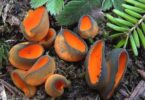

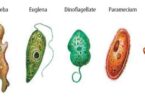
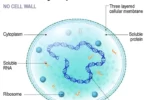
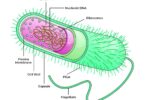
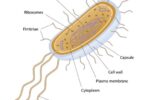
Leave a Comment